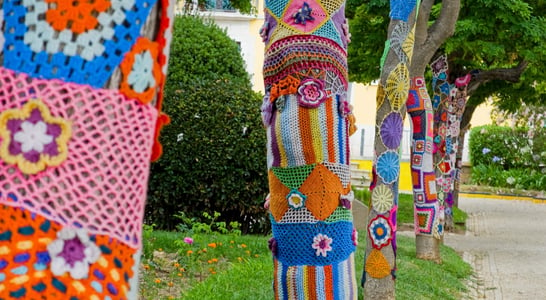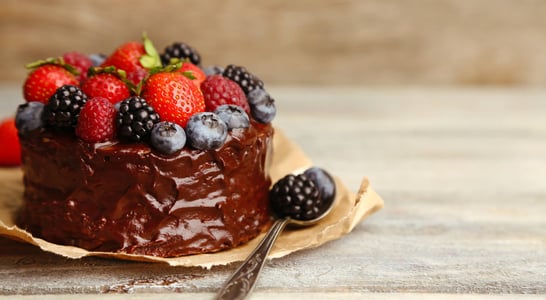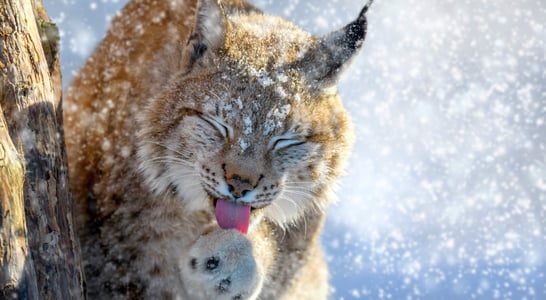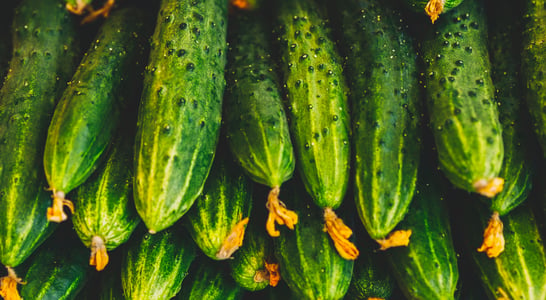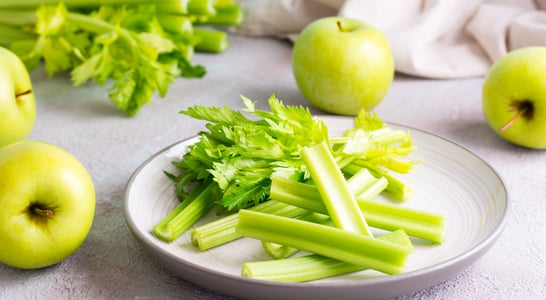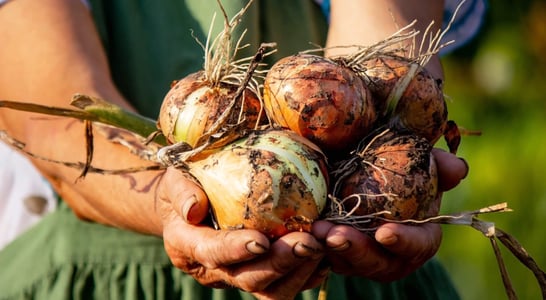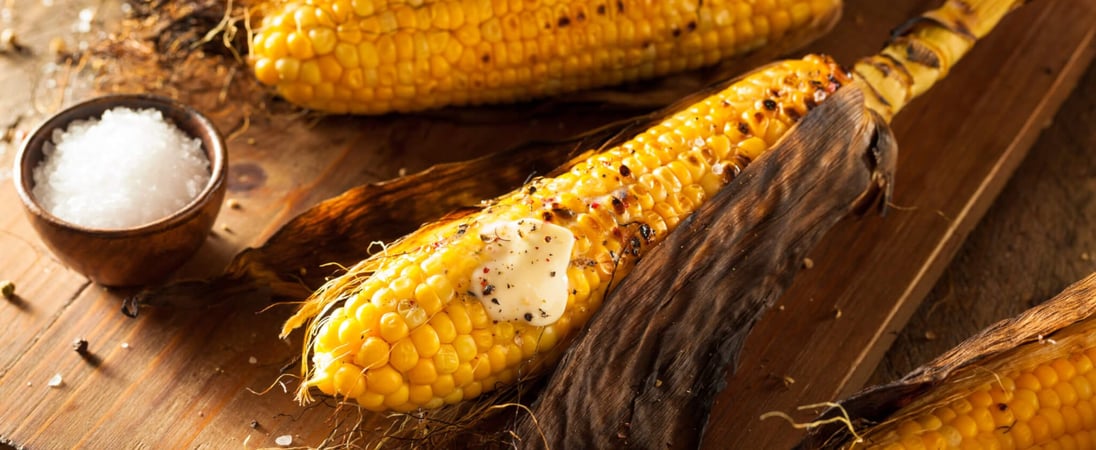
National Corn on the Cob Day
Nothing says summer quite like a perfectly grilled (or boiled) corn on the cob, doused with butter, salt, pepper, or perhaps a more creative seasoning profile.
A light wind swept over the corn, and all nature laughed in the sunshine.
Anne Bronte
In the height of summer, under a cornflower blue sky filled with cotton-ball clouds, the smell of grilled meat fills the air. Children are laughing and playing in the creek, and the adults are setting up the picnic tables with checkered table cloths, red solo cups and paper plates.
In the middle of the table sits a giant bowl covered with a layer of aluminum foil, with steam gently escaping from around the edges, rich with the smell of fabulous, buttery corn on the cob.
Corn on the Cob Day celebrates events like these, whether held outdoors or indoors. It reminisces about the gathering of family around one of the sweetest healthy cookout treats that is available throughout the summer.
It’s time for Corn on the Cob Day!
How To Celebrate Corn On The Cob Day
Celebrating Corn On The Cob Day is simple and fun! Try these ideas for celebrating or create new ideas:
Try Different Ways of Cooking Corn on the Cob
Start by cooking up some corn on the cob in the traditional way–boiling. It only takes a few minutes in the water (don’t salt it first!). Then enjoy eating it with a generous heap of butter and salt!
Now that opens the doorway to a whole variety of options to be considered. Another way to prepare the dish is to wrap corn on the cob in aluminum foil and let it roast in the coals of a campfire (or in the same way on a gas or charcoal barbecue grill) until it’s positively bursting with deliciousness.
Explore Seasoning Options
Anyone knows that corn on the cob needs butter and can be delicious just on its own. But don’t stop there because other options are worth a try as well!
Start by adding butter as a base, and then dust the corn on the cob with a choice of seasonings. Simple salt can work just fine, or get more creative with seasoning salt, pepper, or any of a variety of spices that suit your palette.
Try these varieties:
- Cajun Corn on the Cob. Mix garlic powder, onion powder, red pepper, paprika and oregano, then sprinkle lightly.
- Corn on the Cob Citrus Seasoned Salt. Add sea salt, hot smoked paprika, black pepper, smoked salt, and finely grated orange zest, then rub on (while cooking on the grill, if preferred).
- Italian Corn on the Cob. Go Italian by sprinkling buttered corn on the cob with parmesan cheese, powdered garlic and italian seasonings (basil, oregano, rosemary, thyme and marjoram).
Learn More About Corn
While it is in most people’s kitchens at one time or another, many people don’t know some of these fun facts about corn.
For instance, although the most common corn color is yellow, it can also be cultivated to be purple, green, blue-gray, red, white and even black. Here are some other fun facts about corn:
- The word ‘maiz’ or ‘maize’ has Native American/Spanish language origins and that is what this grain is called in many languages.
- Most cobs of corn have an average of 800 kernels, arranged in 16 rows around the cob.
- Corn is produced on all of the inhabited continents on the planet (but it cannot grow in Antarctica).
- The United States is the largest single producer of corn on the planet, providing at least 40% of the world’s corn harvest.
Celebrate Corn on the Cob All Summer Long
While corn on the cob day comes at the beginning of June, anyone from the corn growing belt in the US knows that the best time to get fresh corn on the cob is at the end of the summer.
The great news is that it isn’t necessary to choose between the two–just go ahead and celebrate at both times. In fact, corn on the cob can be celebrated all throughout the summer!
History of Corn On The Cob Day
The history of Corn On The Cob Day goes back to a time even before European settlers actually first came to the Americas. Corn is a new world plant, native to the American lands, that was originally enjoyed by the Native Americans who were there before the westerners “discovered” the land.
Since then, corn has made various appearances in dishes all over the world, and the by-products of this plant have been used in quite literally millions of different products.
For instance, in the United States, high fructose corn syrup is found in almost every candy, and certainly, in almost every carbonated beverage that can be found. Other corn products that are used en masse include oil, cereals, snacks, breads and even fuel.
Corn on the cob comes in more varieties than a person might think! Sure there’s the traditional yellow corn, but there are also white and mixed colored corn that can be eaten on the cob. In any case, almost every type of corn can be prepared into corn on the cob through various methods of preparation, and each brings its own combination of tastes and flavors.
There is no limit to the delicious meals and fantastic flavors when a little corn on the cob is added to the table. Corn On The Cob Day is the opportunity to try different flavors, grab the butter, and enjoy delicious corn on the cob!
National Corn on the Cob Day FAQs
How did corn on the cob become a popular fair and festival food in the United States?
By the 1920s, corn on the cob had become a beloved and iconic food at fairs, festivals, and outdoor events.
Vendors would often set up stands selling freshly grilled corn on the cob, attracting crowds with its delicious aroma.
The term ‘corn on the cob’ became synonymous with summer gatherings and outdoor festivities.
What is the significance of the Busk Festival in relation to corn?
The Busk Festival, celebrated by the Creek and other Southeastern Native American tribes, is a Green Corn Ceremony marking the first corn harvest.
It’s a time for feasting on corn in various forms, as well as for purification and renewal within the community.
How is corn on the cob traditionally prepared and enjoyed in Japan?
In Japan, a popular snack called yaki-tōmorokoshi features grilled corn on the cob brushed with soy sauce.
This treat is commonly found at festivals and outdoor events, offering a savory twist on the traditional corn on the cob.
What are some unique corn on the cob recipes from around the world?
Globally, corn on the cob is enjoyed in diverse ways. In Peru, choclo con queso pairs large-kernel corn with salty cheese. In India, masala bhutta features grilled corn rubbed with lime and spices, offering a tangy and spicy flavor.
Is it true that corn always has an even number of rows of kernels?
Yes, it’s a fascinating fact that corn cobs typically have an even number of rows, usually around 16. This even-numbered arrangement is a natural characteristic of corn’s genetic makeup.
How did the term ‘corn on the cob’ become popularized in American culture?
The term ‘corn on the cob’ became more commonplace during the late 19th century as corn gained popularity as a favorite dish in rural America.
Farming communities enjoyed roasted ears of corn over open fires or grills, and the term became synonymous with summer gatherings and outdoor festivities.
What are some creative ways to season corn on the cob beyond butter and salt?
Beyond the classic butter and salt, adventurous eaters season corn on the cob with miso butter, chili powder, lime juice, or grated cheeses like cotija.
These additions enhance the corn’s natural sweetness with spicy, tangy, or umami flavors.
How is corn on the cob etiquette addressed in formal dining settings?
Eating corn on the cob can be messy, so etiquette experts suggest buttering a few rows at a time and eating from side to side like a typewriter.
This method is considered more refined and reduces the chance of mess during formal occasions.
What role does corn play in Native American mythology and culture?
In many Native American cultures, corn is revered as a sacred gift and features prominently in creation myths and rituals.
It’s often seen as a symbol of sustenance, fertility, and life, underscoring its central role in their agricultural traditions.
How has corn on the cob been represented in popular culture over the years?
In the mid-20th century, corn on the cob began to appear in comic strips, cartoons, and advertisements, embedding it in the cultural lexicon.
It became associated with summer barbecues, picnics, and family gatherings, symbolizing leisure and enjoyment.
See what else is happening…
There’s always more going on every month at Days Of The Year. Here are our favorites this month!
Also on ...
View all holidaysInternational Yarn Bombing Day
Join a world of other creative knitters and crochet-ers by “yarn bombing”, or covering your town or area with your beautiful, colorful, fun yarn creations.
National German Chocolate Cake Day
Try your hand at making a rich and delicate German chocolate cake, or go the lazy way and search your town for the finest pre-made version of the same.
International Lynx Day
These wild felines, known for tufted ears and stealthy ways, roam their habitats with a cool confidence that's totally captivating.
